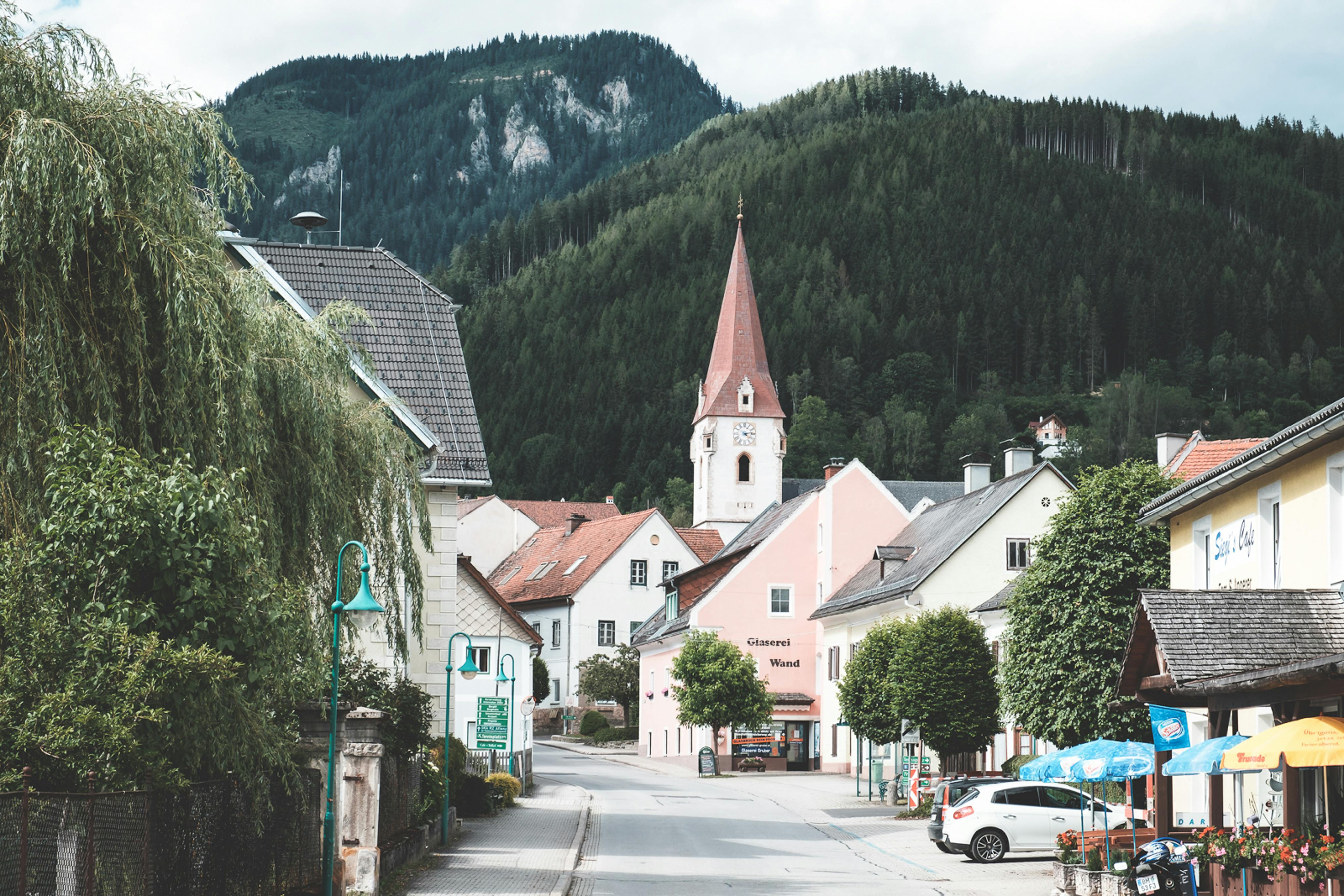Call the anti-graffiti forces
Graffiti has been a problem in urban areas for decades, but it has spread well beyond the city limits. ‘Labelers’ use anything from permanent felt markers to spray cans to leave their marks on anything that won’t move, or at least stay put long enough to leave their artwork on it. In the process, they rack up a staggering £200 million clean-up bill, paid for by you, in the form of county taxes.
The manufacturers of markers and paints haven’t helped much either, although it’s just a side effect of giving us what we want. When you put a coat of paint on your porch chair, for example, you want to be reasonably sure that you won’t need to repaint it next month. Paint manufacturers spend billions researching ways to make their paints adhere better to surfaces and last longer. The end result: paintings that will remain on your patio deck for decades. Unfortunately, those same paints are nearly impossible to remove when used to brand an innocuous business front with some labeler’s logo.
The solution that more and more town halls and private companies are using is the application of anti-graffiti finishes on any surface likely to collect signatures and other expected nonsense. Anti-graffiti finishes come in several different types and offer different levels of protection. While they don’t prevent taggers from leaving their marks, they do make cleanup more difficult, and if you’ve ever been faced with an epithet scrawled on a whitewashed wall, you know how important that can be.
Sacrificial Anti-Graffiti Coatings
One method of facilitating the removal of graffiti is the application of a layer of wax or acrylic that protects the surface underneath. Anti-graffiti wax is the least expensive short-term solution and may be suitable for a surface that is unlikely to be targeted. Once the wax is painted, the wax and graffiti are removed together by melting the wax, often with a stream of hot water. The downside, of course, is that sacrificial anti-graffiti liners are single use only. Once you have removed the graffiti, you must reapply the wax to restore the protection.
Semi-permanent anti-graffiti coatings
A step up from sacrificial liners are semi-permanent anti-graffiti liners. They are often based on polymers, polyesters, acrylics or epoxy and can be applied in multiple layers. While the graffiti agent (marker, paint, or whatever) sticks to the siding, it doesn’t stick to the wall or surface below and can be removed. Most of the time, removal will require the use of some chemical cleaner and eventually, sometimes after just one or two cleanings, the graffiti barrier will have worn away, exposing the underside.
Permanent anti-graffiti coatings
Typically the most expensive anti-graffiti measures to start with, permanent anti-graffiti coatings are likely to save money in the long run. The coatings are similar to those used on nonstick pans. They offer nothing for paint or markers to stick to, so it’s easy to just remove the graffiti with nothing more than soap and water.
In addition to anti-graffiti coatings, many industrial cleaner suppliers supply powerful anti-graffiti cleaners that are intended to remove spray paint or marker while causing as little damage as possible to the underlying wall. For buildings and areas that are less tempting targets, this solution is sometimes sufficient.
